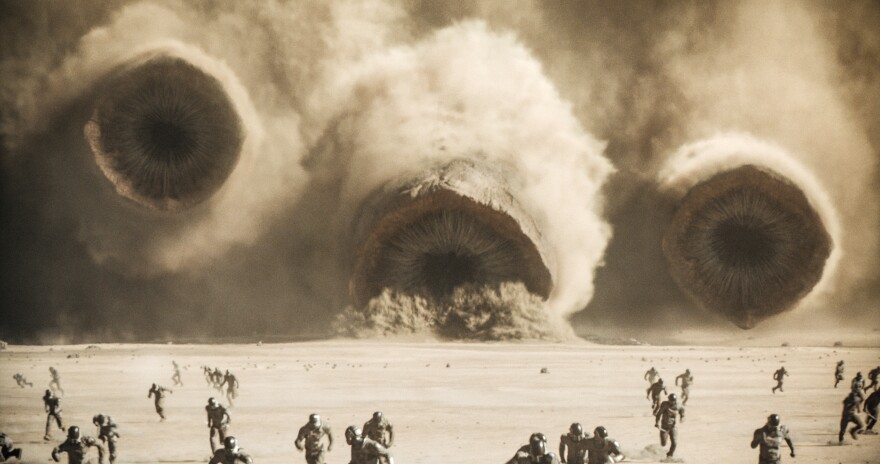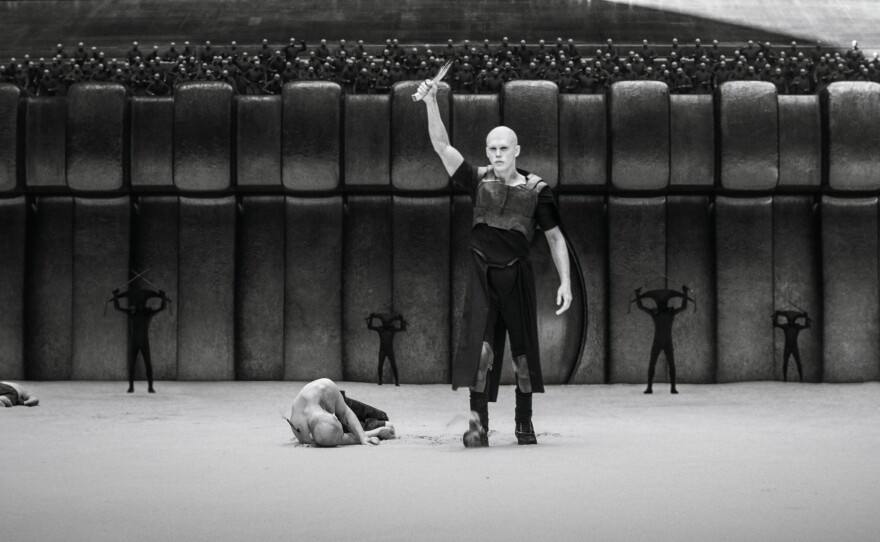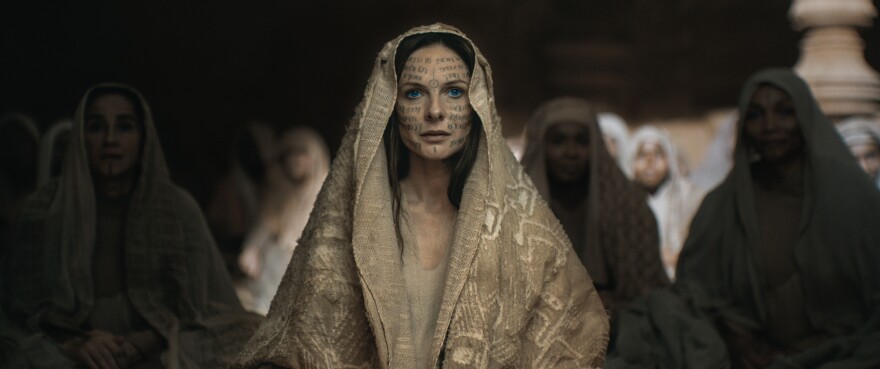"Dune: Part Two" opened last weekend, and no matter what you think of the film, there is no denying it looks spectacular. Cinematographer Greig Fraser is a key person in creating the visual look of Denis Villeneuve's "Dune" movies.
When I asked Fraser about the challenges of working on visual effects movies, he thought it was an odd question because he does not see films like "Dune" as VFX movies.
"I guess there's some sand worms in this film," Fraser said with a laugh. "And yes there are massive effects, and some incredible effects in this movie, but I've seen what I've done over my career as actually not effects, and maybe I'm deluding myself, but I'm concentrating on the minutiae of the human experience with these actors, with these characters. And what happens from a visual effects standpoint, happens beyond those experiences. Like even Paul sand worm-riding — which definitely has some VFX — but I feel the really important thing is that we're close with him. We're close with his face, we're close with those characters watching him. So for me, that whole sequence is actually just them and him. It's really just important that we're with him and with the characters. Not to downplay the VFX, but to me, it's more about those characters."
In the past, a cinematographer's job was done when the shooting wrapped. But now, visual effects can extend Fraser's work into post-production.
"There is work to be done afterwards," Fraser said. "But I think that the mistake that a lot of films make is that they don't necessarily include the cinematographer or the production designer once wrap finishes. But when you do include the cinematographer and the production designer then you can basically continue on that world and on that journey. Your vision is still being affected by a team of VFX artists. So the more that we can be involved, the better off the end product is."

It’s a collaborative process that begins on the set. Take the planet of Giedi Prime, home of House Harkonnen in the Dune universe. Villeneuve asked Fraser to make the scenes of that planet look black and white. But Fraser added a twist.

"Effectively, what we did is we shot in infrared," Fraser said. "We shot with an infrared filter. It just has such a weird look to it that's unusual, that it doesn't look like true black and white. It looks like an anti-sun. But the idea was that maybe what the sun does is it sucks out color, which is why if you go from the inside to the outside, in Giedi Prime, we shot that with a 3D rig, which means that one camera was color, one camera was infrared. So that as you're coming through inside to outside, you see inside, which is not daylight and it's color. Then when you hit the sun that's when you get black light. The anti-sun. So, yeah, it was fun. It was a cool process to do that."

So when you watch either "Dune: Part One" or "Dune: Part Two," appreciate the work of Greig Fraser and how he brings different worlds to life.





